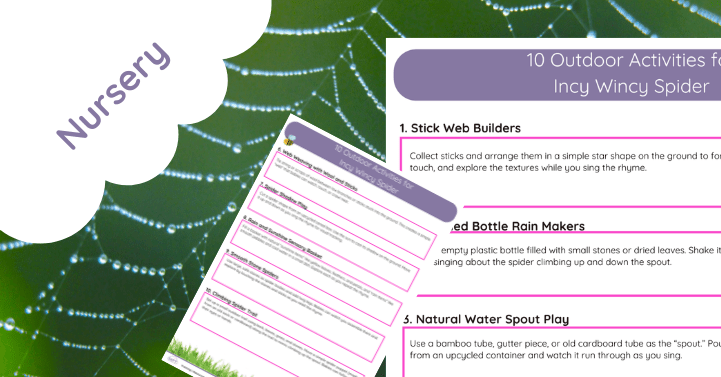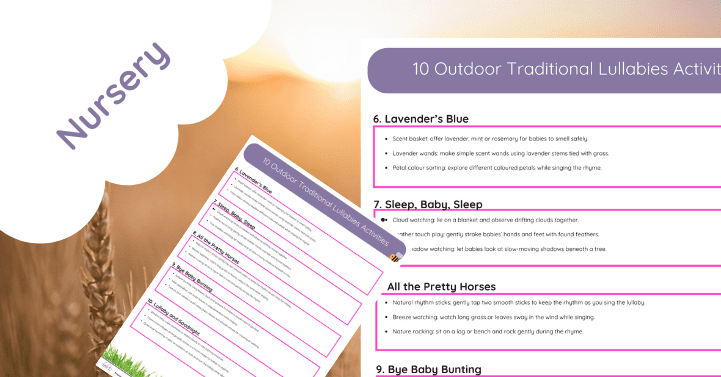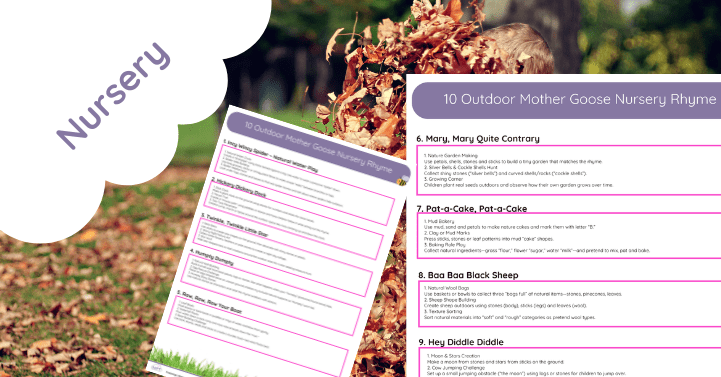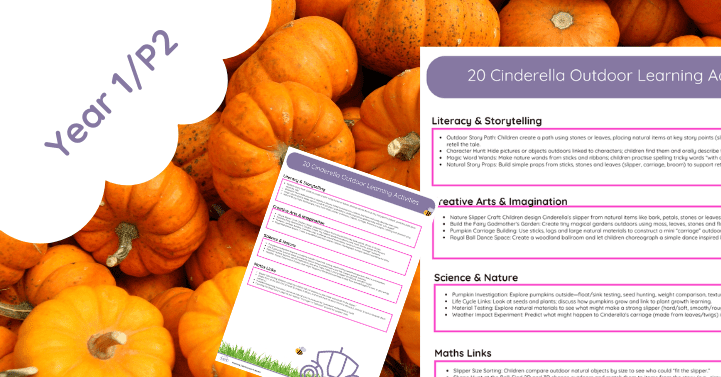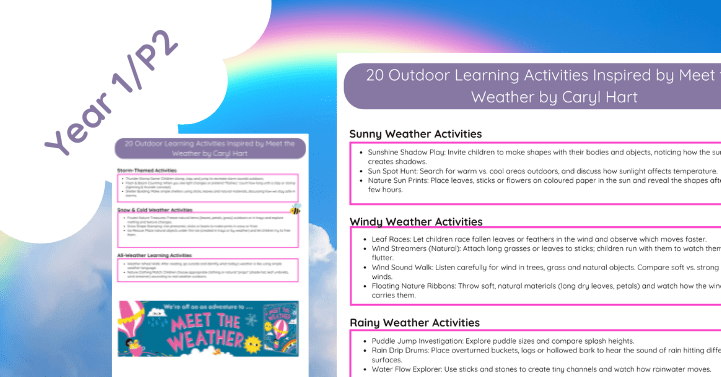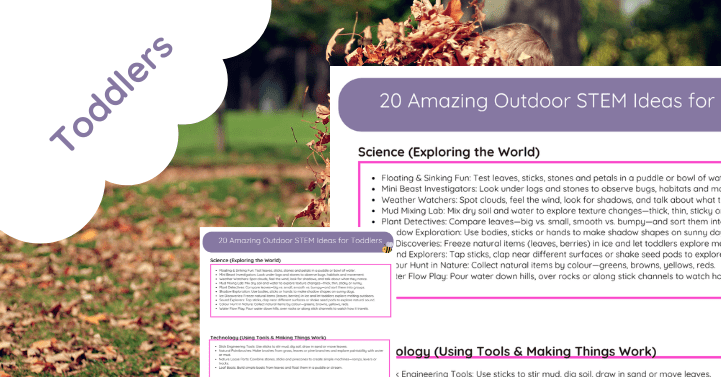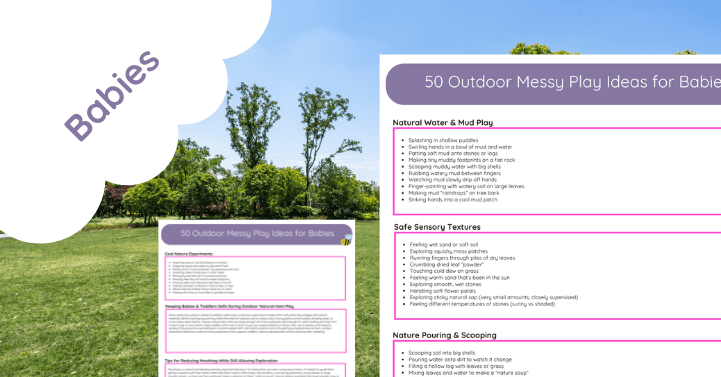Title: Exploring Continents and Oceans: Outdoor Learning Activities for KS1
As we dive into the fascinating world of geography, it’s crucial to make learning about continents and oceans engaging and memorable for KS1 students. At The Muddy Puddle Teacher, we believe that outdoor learning provides the perfect opportunity to bring these concepts to life. Let’s explore some exciting activities that will help your students understand our world’s geography while having fun outdoors!
- Continent Hopscotch
Create a large hopscotch grid on the playground, with each square representing a different continent. Use chalk to draw the outlines and write the names of the continents. Children can hop from continent to continent, calling out the names as they go. This kinesthetic approach helps reinforce memory and makes learning fun!
For more information about the world’s continents, check out this great resource from National Geographic Kids: https://www.natgeokids.com/uk/discover/geography/general-geography/continents-of-the-world/
- Ocean in a Bottle
This simple yet effective activity helps children visualise the vastness and movement of oceans. Use clear plastic bottles filled with water, blue food colouring, and a drop of cooking oil. Seal the bottles and let children shake them to create ‘waves’. This is a great opportunity to discuss the five oceans and their characteristics.
Learn more about oceans with this kid-friendly resource: https://www.kidsgeo.com/geology-for-kids/0030-oceans.php
- World Map Treasure Hunt
Hide small objects representing different countries or landmarks around your outdoor space. Provide children with a simplified world map and have them mark where they think each item belongs. This activity encourages exploration and helps children understand geographical locations.
For an interactive world map experience, try Google Earth Education: https://www.google.com/earth/education/
- Continent Collage
Collect natural materials from your outdoor area and use them to create a collage of the seven continents on a large piece of paper or cardboard. This artistic approach allows children to explore textures while reinforcing the shapes and relative sizes of the continents.
Explore more about continents with this interactive resource: https://www.dkfindout.com/uk/earth/continents/
- Ocean Movement Game
Assign each child an ocean creature and have them move around the ‘ocean’ (your outdoor space) in the way their creature would. When you call out an ocean name, only the creatures from that ocean can move. This game helps children associate marine life with specific oceans while getting some exercise!
For more ocean facts, visit the National Ocean Service: https://oceanservice.noaa.gov/facts/ocean.html
Remember, these activities are just the beginning! The key is to make learning about continents and oceans an immersive, multi-sensory experience. By taking education outdoors, we’re not only teaching geography but also fostering a love for nature and our planet.
For more ideas on outdoor learning and geography activities, visit our resources page at [Insert your actual resources page URL here].
And don’t forget to check out BBC Bitesize for additional KS1 Geography resources: https://www.bbc.co.uk/bitesize/subjects/zcdqxnb



